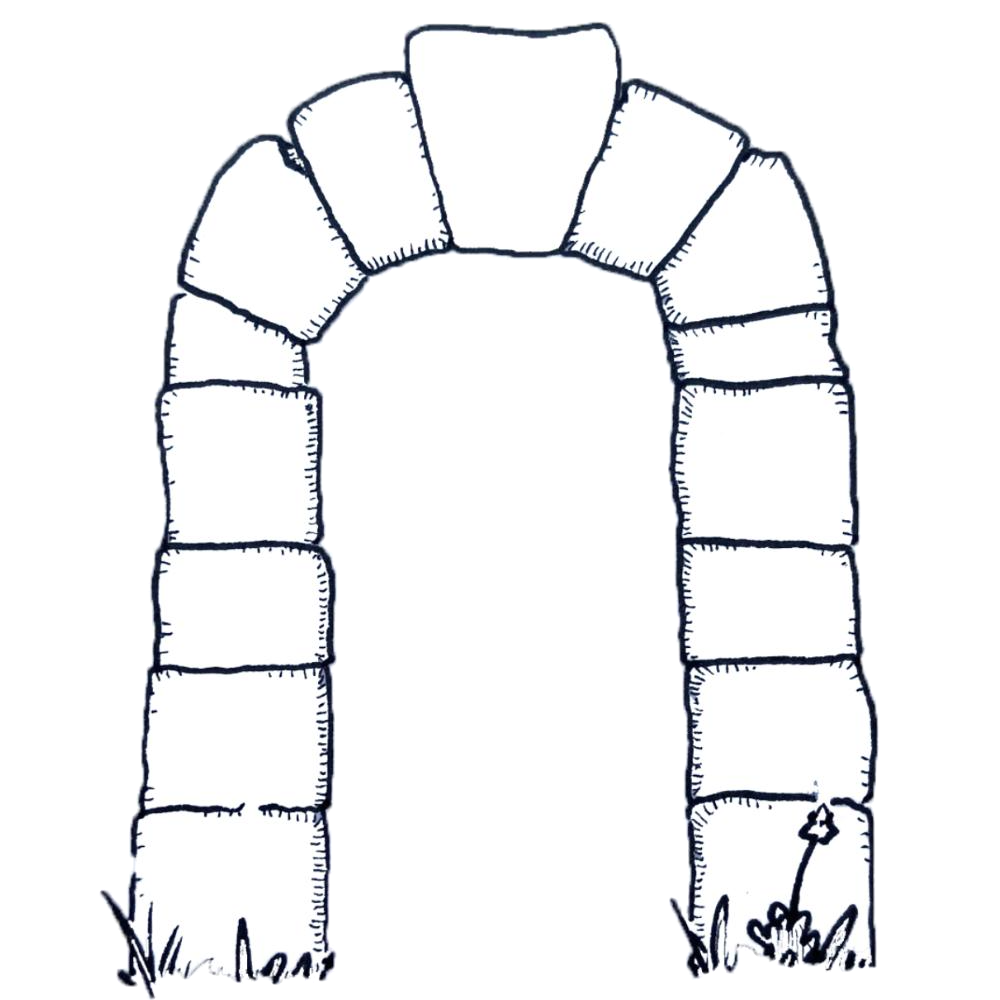In keeping with Brandon’s current topic of sandbox gaming, and in light of our first adventure’s imminent release, I felt it important to volunteer what I have learned about the writing process. For me, sandbox gaming and a prewritten adventure can sometimes seem to be at odds with one another. How can a GM provide complete freedom while also following the instructions and suggestions of another author’s work, or allow their players to experience all the content of that module without influencing their direction or decision making? The key lies in setting a stage, not a story – in other words descriptive, not prescriptive language.
Most GMs who have been playing the game for even a small amount of time often undersell their most important skill used while creating a compelling story, and campaign: their ability to improvise. GMs are masters at switching things up at the last moment, working with the constantly changing goals and ideas of players. Even the most stringently railroading GM must be prepared for the players to have conversations with the local barkeep or to question the BBEG after a battle, and these GMs will need to understand several key elements before engaging in those interactions. First, they must understand the context of a conversation within the larger scope of their story or world. Second, they must understand the implications of what they are saying and its effect on player decision making. Finally, they must have some sort of plan or idea for what comes next.
Taking each of these elements into consideration, any event or happening within a campaign can apply these elements to the GM’s decision making. If combat breaks out suddenly in a tavern, who are the people the party is fighting? What is the implication of beating up or killing a group of bar patrons? What happens to the group after the fighting ends? Pairing a strong understanding of these elements with a willingness and ability to improvise creates the basis of sandbox play, and a descriptive adventure module should target these subjects specifically. That is the difference between descriptive and prescriptive writing. Descriptive writing gives the answers or the tools to answer these elements quickly and efficiently through strong descriptions of people, places, and things, which the GM can then use with their own storytelling and roleplaying skills. Prescriptive writing tells the GM what they must do and say in order to direct the party towards a specific path.
Few adventure modules can prepare a GM for what exactly to do if things go belly-up, or if the party decides to take a creative and novel path towards success. It’s nearly impossible for a module to prescribe the perfect outcome to every scenario or give GMs good advice on how to steer a party away from these outcomes (something we highly recommend avoiding!). What they can do is describe what the scenario is, what its context is in the world around it, and provide some guidance on the implications of different eventualities.
For example, say an adventure module (oh I don’t know, like the one we’re about to release) has an NPC who is a mayor of a town. The module doesn’t need to have a script to tell the GM what the mayor will say, we’ve already established that most GMs are adept improvisers and can handle that situation. What it does need are descriptors of that character’s personality, motivations (particularly within the problems or scenarios presented in the module), and perhaps some other details that provide deeper flavor to the character and their interactions with the party. Maybe the mayor’s village is facing a problem too dangerous for them to solve on their own, but they also have a personal stake or even a hand in the problem itself. Perhaps a character represents the interests of a group, but has a second motivation layered on top of the situation they present.
These details of appearance, history, or ulterior motives can even provide hooks for players to latch onto and begin to ask questions and forge their own understanding of the game world and what threads interest them. A good GM can emphasize certain details or characteristics and expand on them themselves, making the module uniquely their own. The better the description of a character, situation, or place (without explicit direction on how to utilize that description), the more tools the GM has to improvise and weave a story that fits their table and campaign. In some ways, descriptive language might feel more difficult or directionless than prescriptive language, but once a GM leans into their own capabilities as a storyteller, this type of writing will feel more freeing and aligned with the goals and benefits of a sandbox campaign.
A future blog post will provide guidance on how to create strong descriptive language, without being verbose. For now, we encourage those writing their own adventures to describe their worlds and its inhabitants, their motivations, desires, and problems, and the details that will make them pop. Let your players’ curiosity shine through, see what works and what doesn’t, and as always, don’t worry about not having a plan: your creativity and quick-wittedness will be enough.
